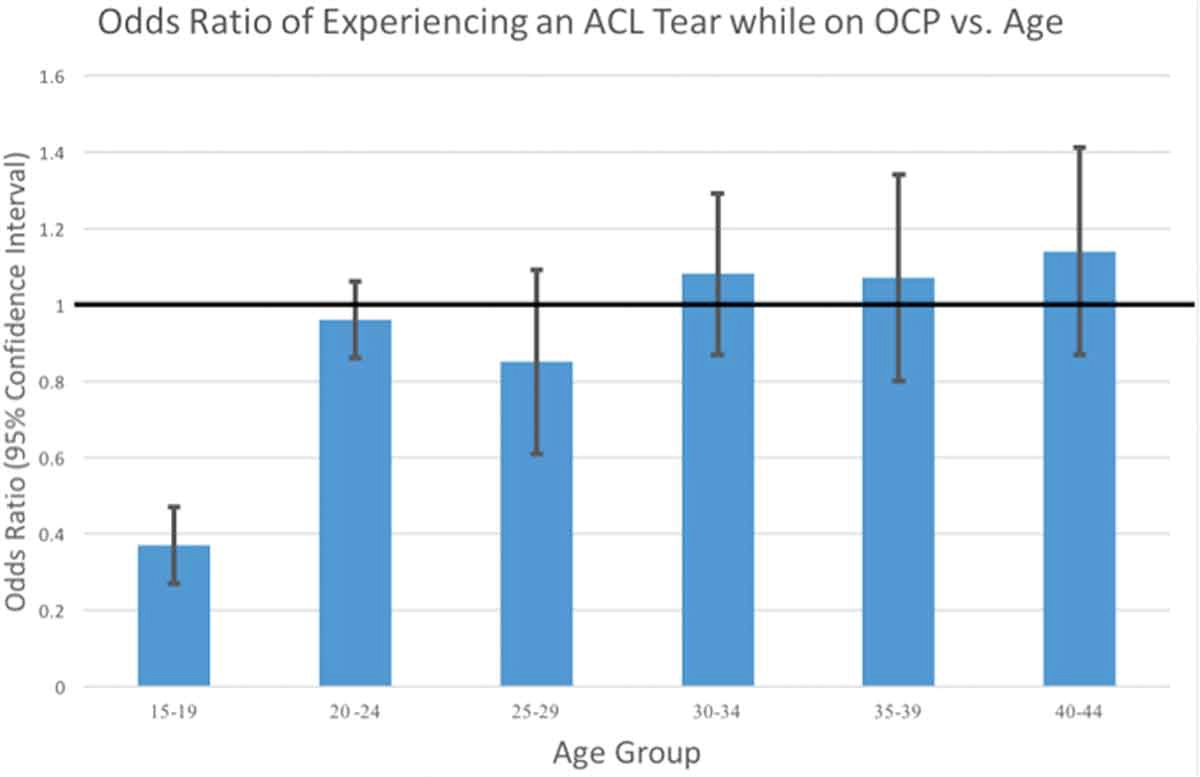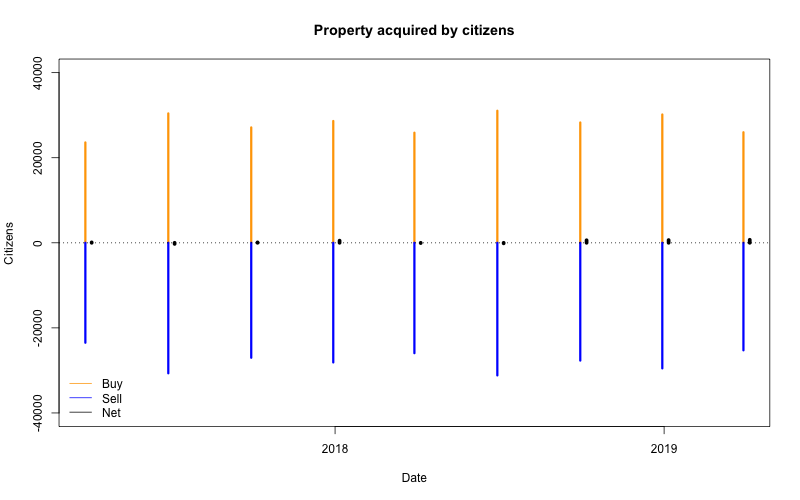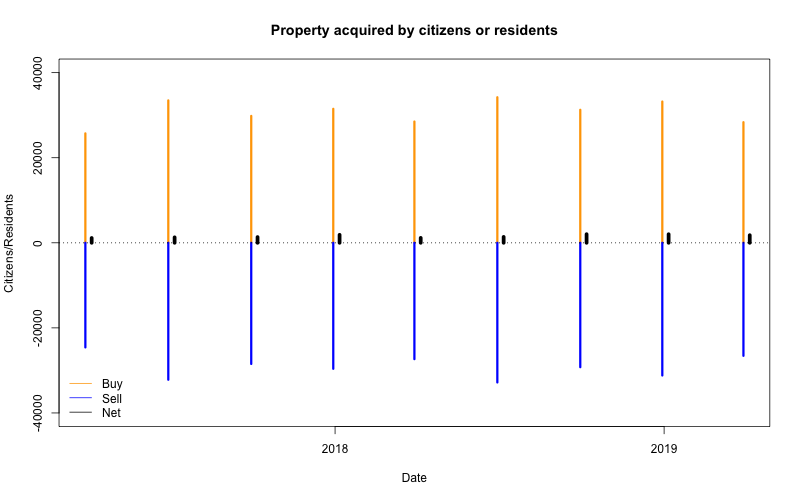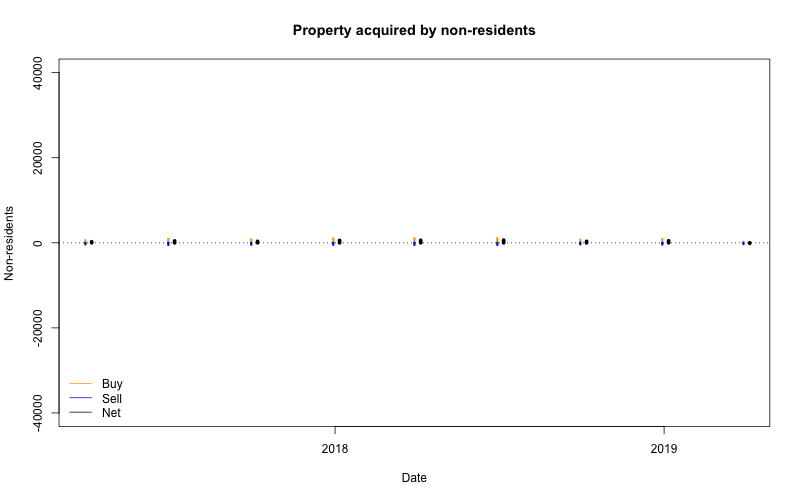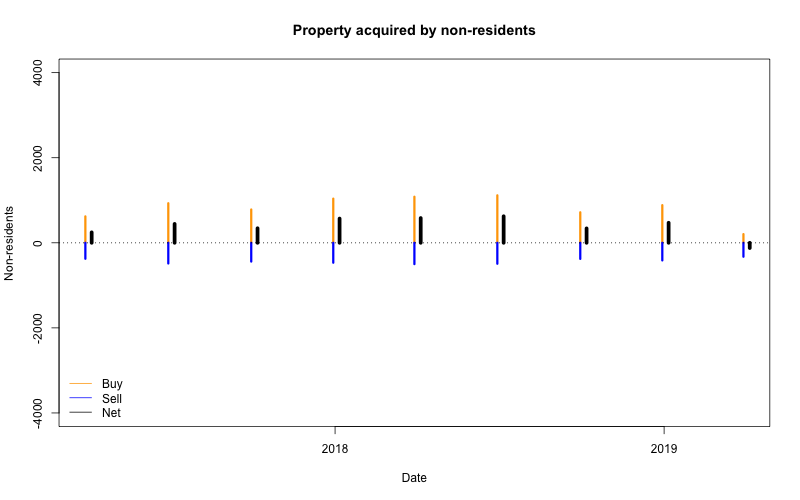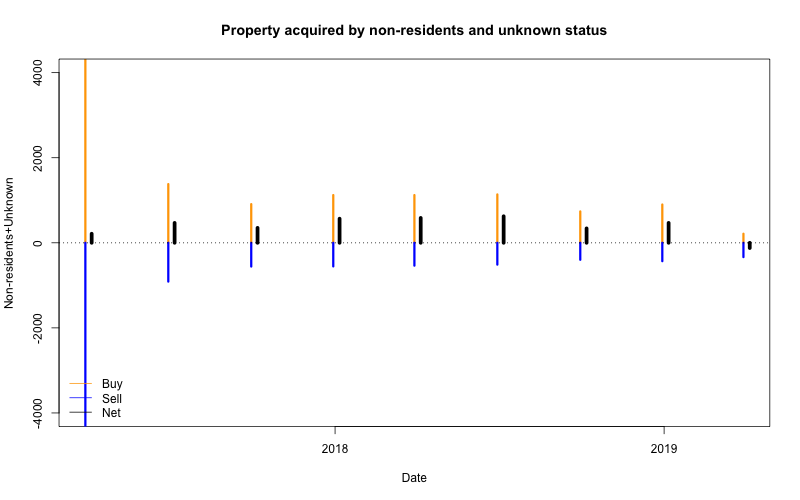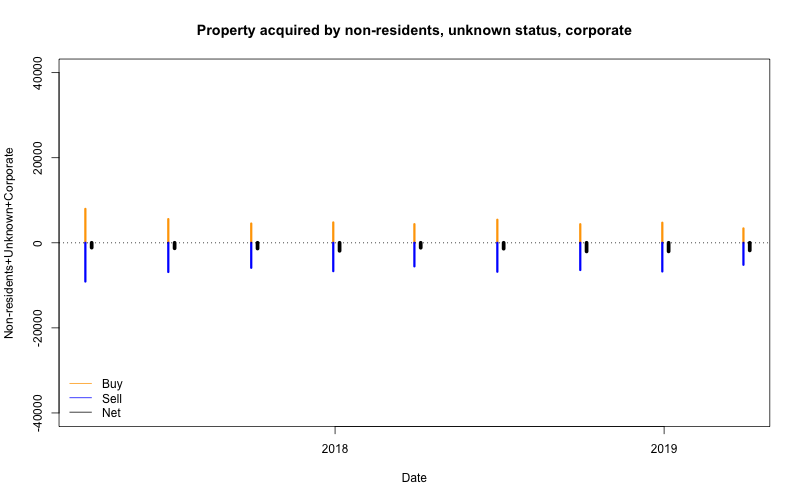NRL Predictions for Round 9
Team Ratings for Round 9
The basic method is described on my Department home page.
Here are the team ratings prior to this week’s games, along with the ratings at the start of the season.
| Current Rating | Rating at Season Start | Difference | |
|---|---|---|---|
| Roosters | 11.00 | 8.72 | 2.30 |
| Rabbitohs | 6.54 | 3.89 | 2.70 |
| Storm | 6.42 | 6.03 | 0.40 |
| Raiders | 3.81 | 1.81 | 2.00 |
| Sharks | 1.30 | 3.90 | -2.60 |
| Dragons | 0.09 | 0.06 | 0.00 |
| Broncos | 0.03 | 2.63 | -2.60 |
| Eels | -0.56 | -6.17 | 5.60 |
| Sea Eagles | -1.62 | -5.61 | 4.00 |
| Cowboys | -2.30 | 0.15 | -2.50 |
| Panthers | -3.21 | 0.93 | -4.10 |
| Warriors | -3.50 | -0.27 | -3.20 |
| Bulldogs | -3.98 | -0.61 | -3.40 |
| Titans | -5.22 | -3.36 | -1.90 |
| Knights | -5.24 | -8.51 | 3.30 |
| Wests Tigers | -5.53 | -5.57 | 0.00 |
Performance So Far
So far there have been 64 matches played, 47 of which were correctly predicted, a success rate of 73.4%.
Here are the predictions for last week’s games.
| Game | Date | Score | Prediction | Correct | |
|---|---|---|---|---|---|
| 1 | Rabbitohs vs. Broncos | May 02 | 38 – 6 | 5.80 | TRUE |
| 2 | Cowboys vs. Titans | May 03 | 28 – 14 | 4.60 | TRUE |
| 3 | Sharks vs. Storm | May 03 | 20 – 18 | -2.80 | FALSE |
| 4 | Raiders vs. Panthers | May 04 | 30 – 12 | 8.70 | TRUE |
| 5 | Sea Eagles vs. Bulldogs | May 04 | 18 – 10 | 4.90 | TRUE |
| 6 | Roosters vs. Wests Tigers | May 04 | 42 – 12 | 17.80 | TRUE |
| 7 | Warriors vs. Knights | May 05 | 18 – 36 | 10.20 | FALSE |
| 8 | Eels vs. Dragons | May 05 | 32 – 18 | 0.50 | TRUE |
Predictions for Round 9
Here are the predictions for Round 9. The prediction is my estimated expected points difference with a positive margin being a win to the home team, and a negative margin a win to the away team.
| Game | Date | Winner | Prediction | |
|---|---|---|---|---|
| 1 | Titans vs. Sharks | May 09 | Sharks | -3.50 |
| 2 | Wests Tigers vs. Panthers | May 10 | Wests Tigers | 0.70 |
| 3 | Sea Eagles vs. Broncos | May 10 | Sea Eagles | 1.40 |
| 4 | Bulldogs vs. Knights | May 11 | Bulldogs | 4.30 |
| 5 | Warriors vs. Dragons | May 11 | Warriors | 0.90 |
| 6 | Storm vs. Eels | May 11 | Storm | 10.00 |
| 7 | Roosters vs. Raiders | May 12 | Roosters | 10.20 |
| 8 | Rabbitohs vs. Cowboys | May 12 | Rabbitohs | 11.80 |
